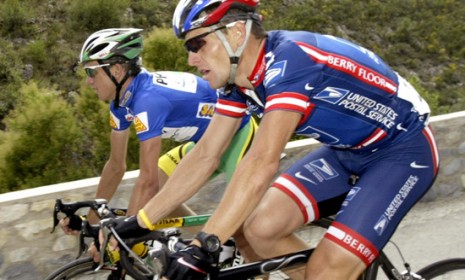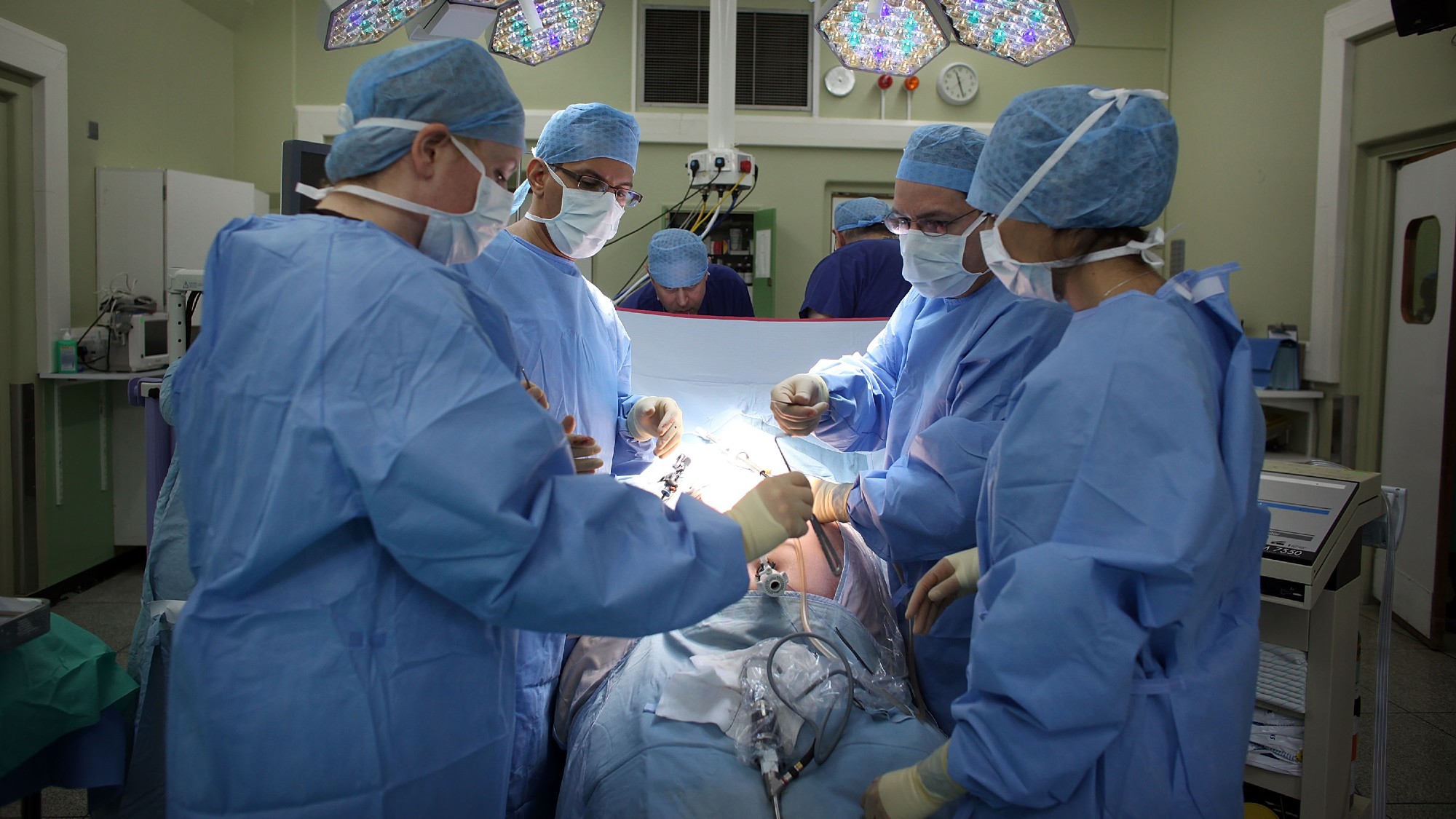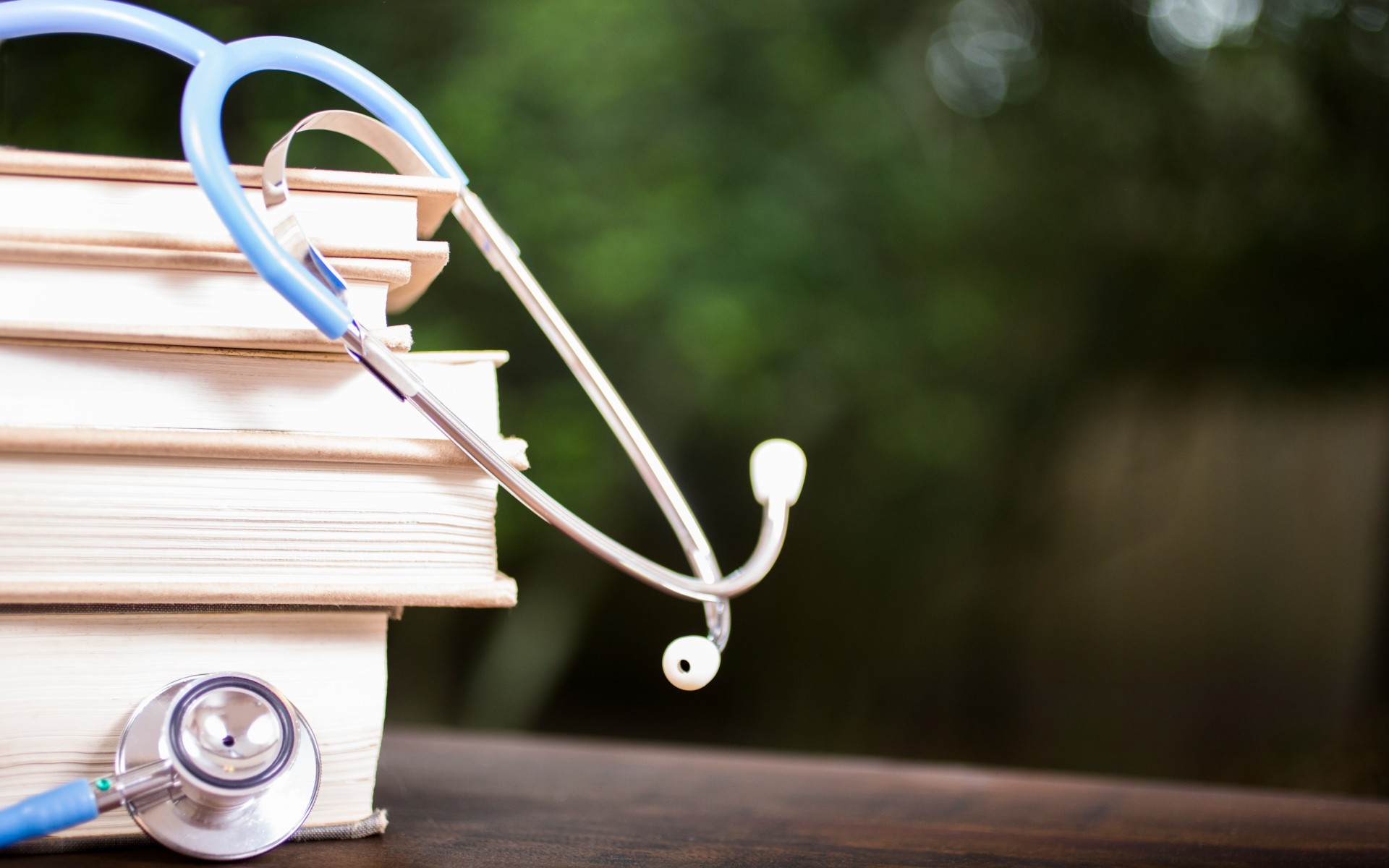The USADA report on Lance Armstrong's alleged doping: 5 revelations
A new report claims conclusive proof that the star cyclist's doping was undeniable

On Wednesday, the United States Anti-Doping Association (USADA) released the full text of the investigative report which drove its decision to ban legendary cyclist Lance Armstrong for doping. Though Armstrong was stripped of his titles and banned from professional cycling for life by USADA in August, the organization has not made its rationale public until now. "The evidence shows beyond any doubt that the US Postal Service Pro Cycling Team ran the most sophisticated, professionalized and successful doping program that sport has ever seen," says USADA chief executive Travis Tygart in a statement. Though Armstrong continues to maintain his innocence, the report, which tops 1,000 pages, includes testimony from 11 members of his cycling team. After years of speculation, what can we learn from the USADA's "conclusive and undeniable" assertions?
1. Armstrong allegedly paid more than $1 million to a doctor who's since been banned from the cycling world
Armstrong's personal bank records show numerous large payments to Michele Ferrari, an Italian doctor now banned from the professional cycling world for doping, reports The Guardian. The evidence also includes emails between Ferrari and his son and Armstrong — exchanged during a period when Armstrong has said he had no professional contact with the doctor.
The Week
Escape your echo chamber. Get the facts behind the news, plus analysis from multiple perspectives.

Sign up for The Week's Free Newsletters
From our morning news briefing to a weekly Good News Newsletter, get the best of The Week delivered directly to your inbox.
From our morning news briefing to a weekly Good News Newsletter, get the best of The Week delivered directly to your inbox.
2. Ferrari allegedly taught Armstrong techniques to hide his doping
In 2001, Dr. Ferrari told Armstrong that he could disguise his EPO use from being detected in tests by micro-dosing and sleeping in an altitude tent, which would "boost the natural production of Erythropoetin [a protein that increases the body's oxygen delivery to muscles] and throw off the EPO test," says The Wall Street Journal.
3. Armstrong wasn't just another doper, says the report — he was the ringleader
"Armstrong had ultimate control over not only his own personal drug use, which was extensive, but also over the doping culture of his team," reports The Guardian. Armstrong assumed responsibility of "a team-wide doping program [that] ultimately flowed to him."
A free daily email with the biggest news stories of the day – and the best features from TheWeek.com
4. Armstrong personally threatened at least one former teammate who planned to testify
Armstrong "physically accosted" former teammate Tyler Hamilton in an Aspen, Colo., restaurant in June 2011, reports The Wall Street Journal. Armstrong also verbally threatened Hamilton, saying "We are going to [expletive] tear you apart" when you take the witness stand, adding: "I’m going to make your life a living … [expletive] … hell."
5. Armstrong's closest ally testified against him
Though Armstrong's lawyers have painted many who testified against him as "liars and losers with an axe to grind," the testimony of teammate George Hincapie is particularly damaging, since the two men have shared "a career-long bond that seemed almost fraternal," says The Globe and Mail. Though Hincapie blames a cycling culture in which it was "not possible to compete at the highest level" without doping, he still fingers Armstrong as the one who gave him the banned drug EPO.
-
 How music can help recovery from surgery
How music can help recovery from surgeryUnder The Radar A ‘few gentle notes’ can make a difference to the body during medical procedures
-
 Nursing is no longer considered a professional degree by the Department of Education
Nursing is no longer considered a professional degree by the Department of EducationThe Explainer An already strained industry is hit with another blow
-
 6 gripping museum exhibitions to view this winter
6 gripping museum exhibitions to view this winterThe Week Recommends Discover the real Grandma Moses and Frida Kahlo